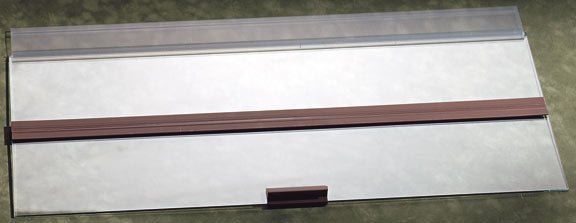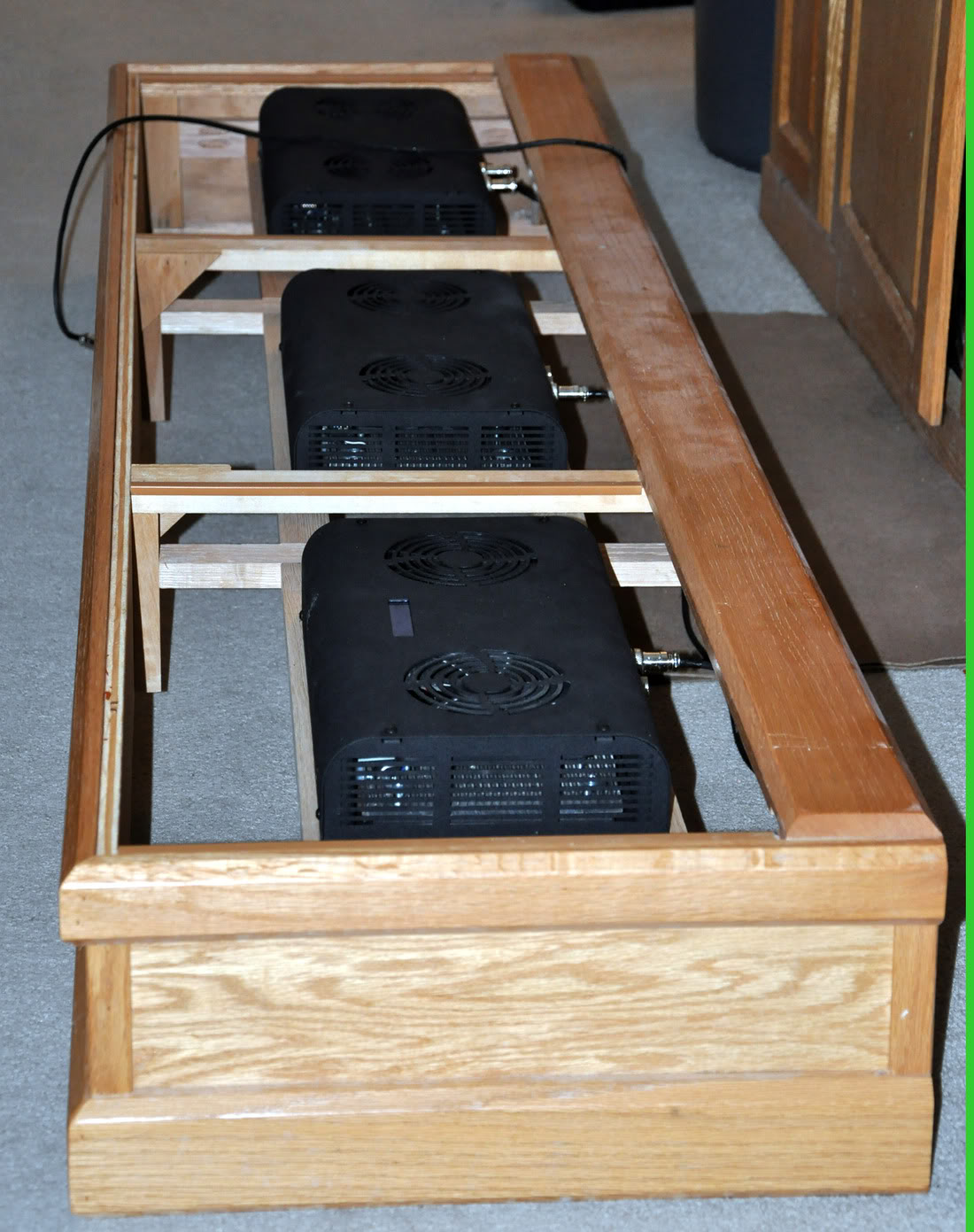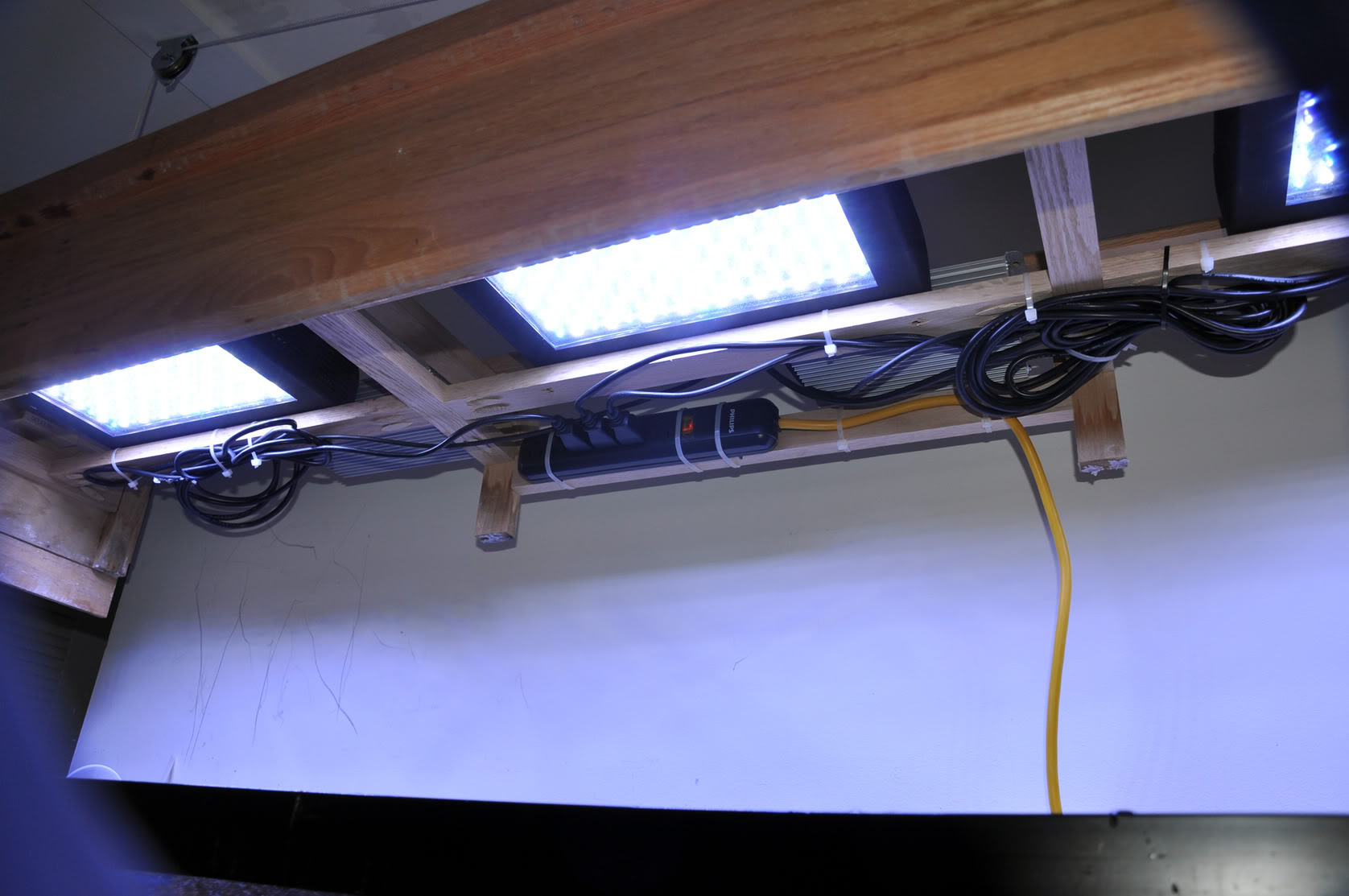i figured that. i'm betting the morning evening transition doesn't do anything for corals either. they don't have brains to process that sort of thing. it's just photosynthesis, not unlike plants.
i did a short google and found this though....someone might want to put this in a better forum-
"Can anyone describe the respiration process for a coral?
Cnidarians such as corals have no circulatory organs or respiratory system. Therefore, the only way they can get CO2 out and O2 in is the same way that all unicellular life does it: diffusion. Oxygen diffuses into the coral's cells and CO2 diffuses out. Corals can get away with this technique (where as higher organisms need a circulatory system) because they have only two cell layers, ectoderm (outside) and endoderm (inside the ecotderm and the gastrovascular cavity), a very thin layer of non-living matrix called the mesoglea in between, and a very close ratio of body volume to surface area exposed to seawater.
Corals are essentially a bag. The top of the bag being the mouth and the bottom being where it would attach to the skeleton. The outside of the bag is made up of ectoderm and the inside of the bag is made up of endoderm. The inside of the bag is called the gastrovascular cavity. Divided into complete and incomplete lobes called mesenteries, it is where digestion takes place and gonads develop.
The top of the bag is constricted into a small mouth lined by tentacles (the tentacles are hollow, again with ectoderm making up the outside and endoderm making up the inside. The internal hollow is connected to the gastrovascular cavity). In this constricted space, the gastrovascular cavity forms a tube, called the actinopharynx. On either side of this tube are two canals that run the length of the tube called siphonoglyphs. These are lined with cilia and never close. The ectoderm is always exposed to surrounding (oxygenated) seawater, but the endoderm has to pump water to itself and inside the gastrovascular cavity via the cilia in the siphonoglyph.
As far as a nervous system goes, Corals and other cnidaria are believed to be some of the earliest organisms to have evolved some type of nervous system. In cnidaria, while the nervous system is not central or very advanced, it is efficient and effective. Modified epidermal cells called neurons contain long, thin strand-like processes, called neurites, that synapse into each other. This creates a neural network, of which corals and other cnidarians have two separate ones: one fast conducting and one slow conducting.
The slow conducting network generally has single, unfused neurites coming off of many sides of the cell (multipolar). Synapses can fire in a single direction or back and forth across the neural network, depending on how the neurites come together. The fast conducting network lies underneath the slow network and is formed by fused neurites coming from only two sides of the neuron cell (dipolar). This reduced branching of neurites and their fusing to a larger size allows for a faster and more direct movement of signal to the musculature. When neurons that are exposed to the water, “neurosensory cells,” are stimulated (by touch, etc.), waves of synapses fire, spreading across the animal and ending at a neuromuscular junction.
As far as storing energy, think of corals as a group of cells living together semi-independently, they recognize each other, help each other out, but in terms of storing reserves, its every cell as an individual, with the endodermal cells harboring zooxanthellae acting as a temporary host for the nutrients, as it is these cells that force the zooxanthellae to give up some of what they have made. The colony/polyp as a whole will distribute the lipids/sugars/etc. as is necessary, but there is no special organ (like our livers) that perform this function."




